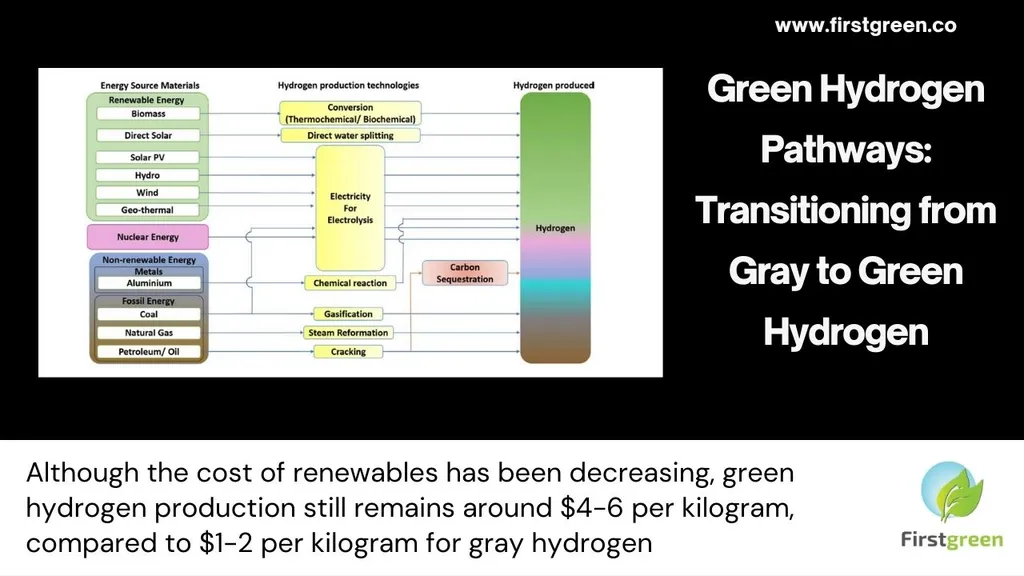In the quest for a greener energy future, the injection of hydrogen into the natural gas grid is gaining traction as a strategy for gradual decarbonization. However, this practice necessitates a thorough understanding of the thermodynamic properties of these hydrogen-enriched mixtures. A recent study, published as the second part of an investigation, delves into this topic, providing crucial data and insights.
The research focuses on a high-calorific natural gas mixture, characterized by significant ethane and propane content, and two of its hydrogen-enriched variants—one with 10 mol-% hydrogen and another with 20 mol-% hydrogen. The mixtures were meticulously prepared following the ISO 6142-1 standard, ensuring their composition was well-characterized and reproducible.
Using a single-sinker densimeter, the researchers conducted density measurements at temperatures ranging from 260 to 350 K and pressures up to 20 MPa. These measurements were then compared against three equations of state: AGA8-DC92, GERG-2008, and an improved version of GERG-2008. The results revealed that all three models performed better for methane-dominant mixtures than for those containing heavier hydrocarbons.
This finding is particularly relevant to the energy sector, as it underscores the need for more accurate equations of state for hydrogen-enriched natural gas mixtures with significant ethane and propane content. Such mixtures are common in many natural gas grids, and their accurate modeling is crucial for safe and efficient operation.
Moreover, the study highlights the importance of precise experimental data in validating and improving these models. As the energy sector continues to explore hydrogen injection as a decarbonization strategy, such data will be invaluable in ensuring the safe and efficient operation of natural gas grids.
In conclusion, this study provides a significant contribution to our understanding of the thermodynamic properties of hydrogen-enriched natural gas mixtures. Its findings will be of great interest to energy sector professionals, researchers, and policymakers alike, as they navigate the complex landscape of energy transition.
This research was published on arXiv and can be read in full [here](http://arxiv.org/abs/2506.01082v1).

